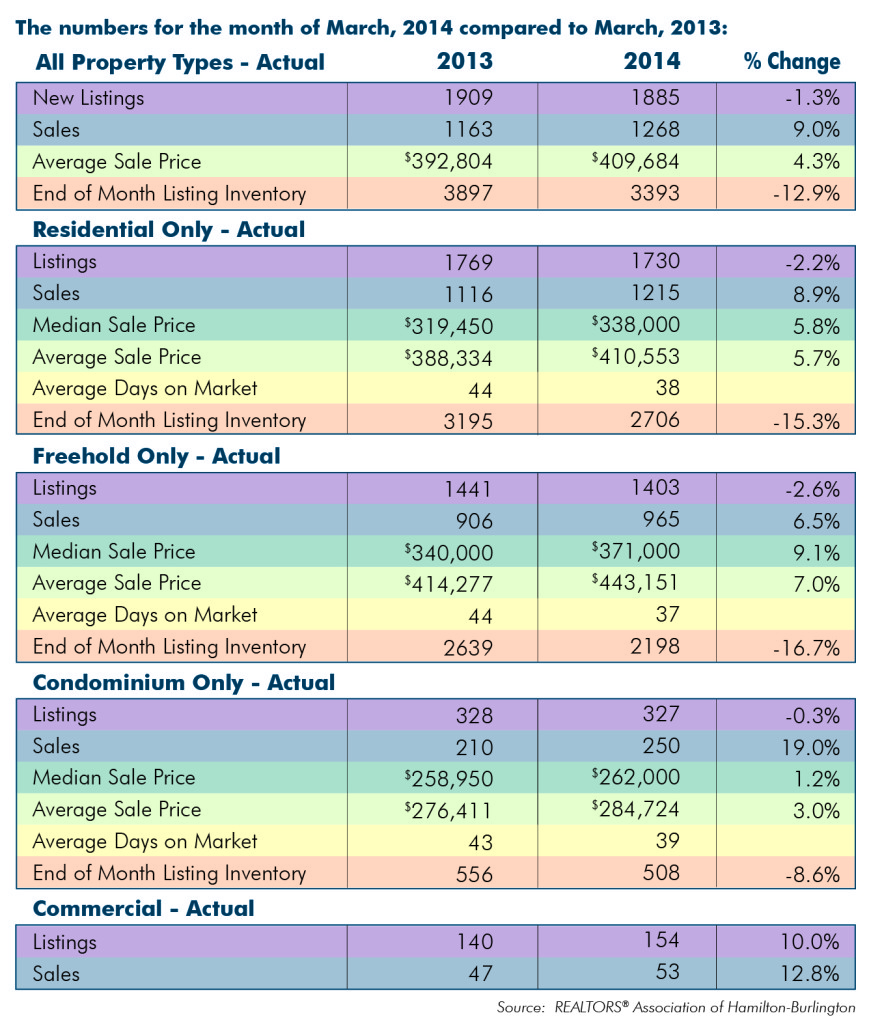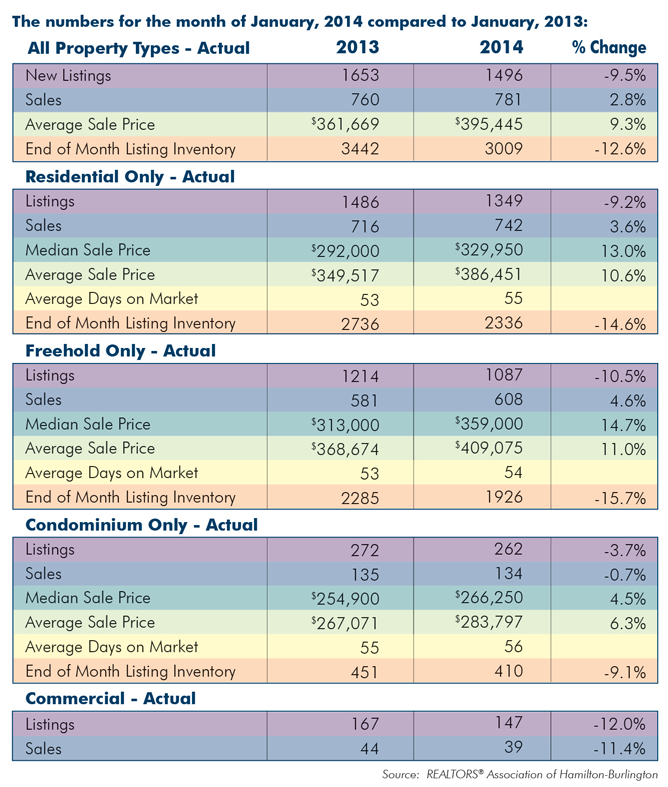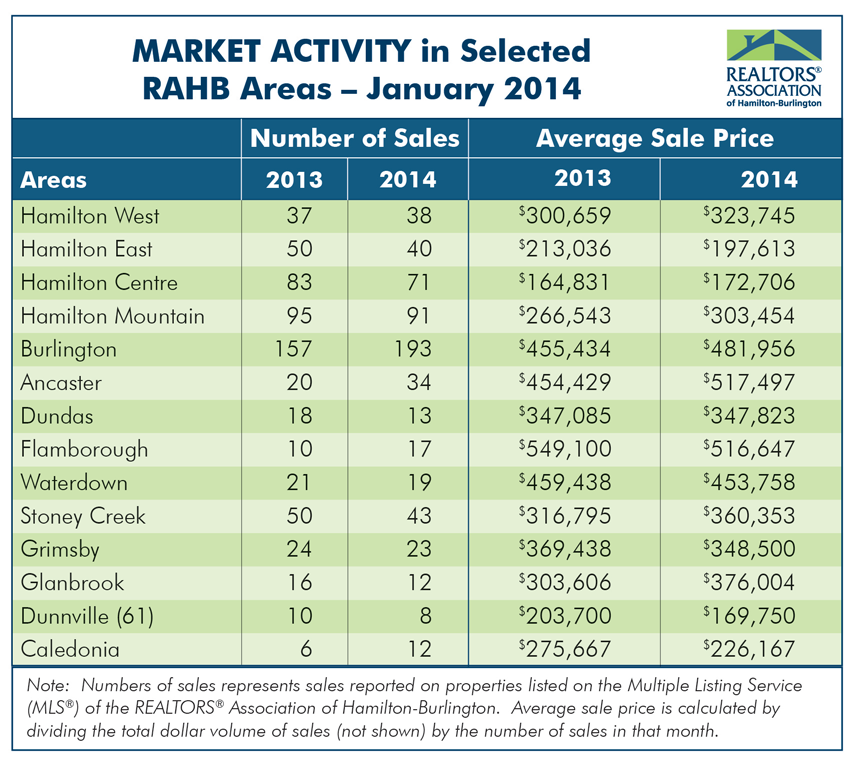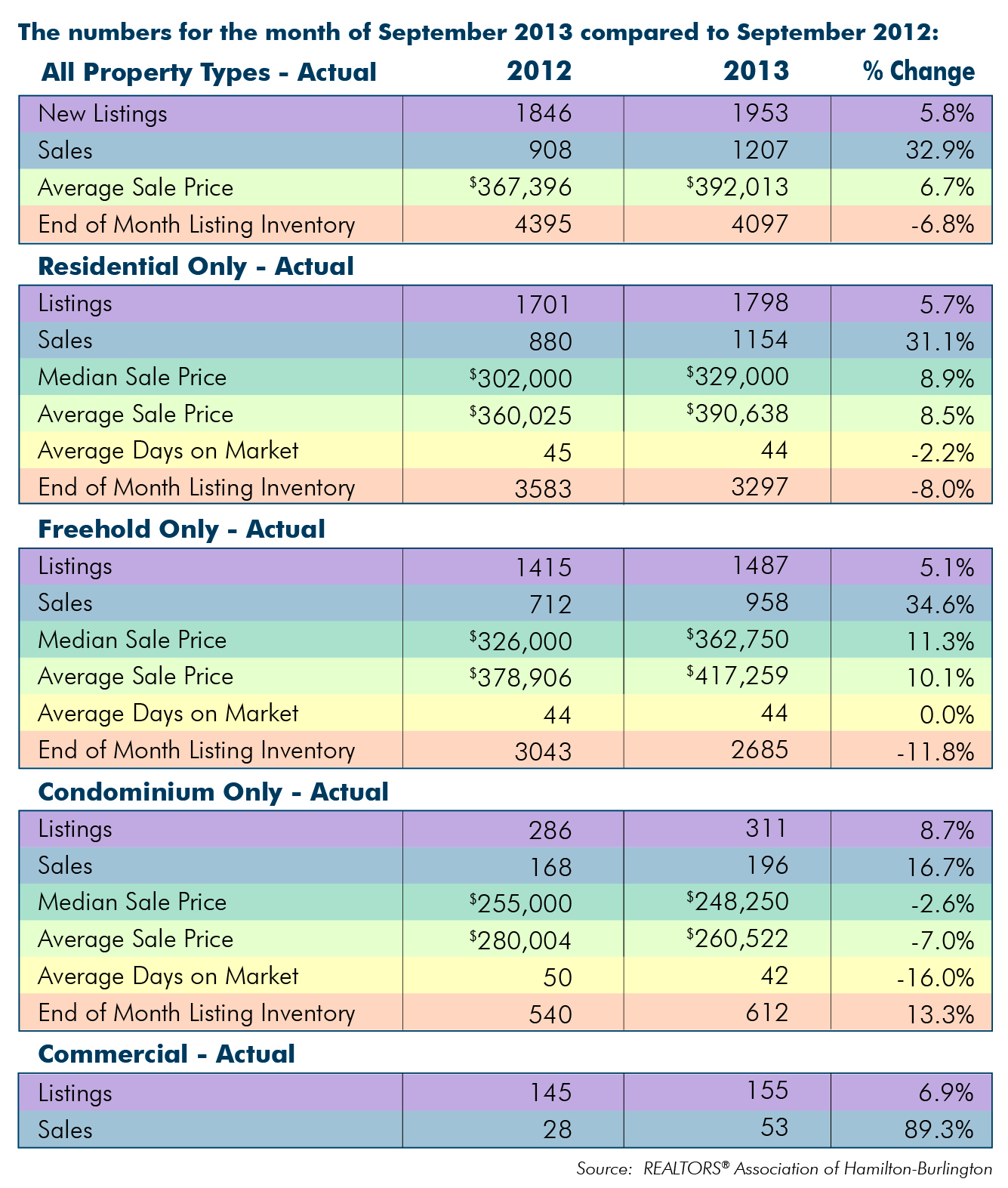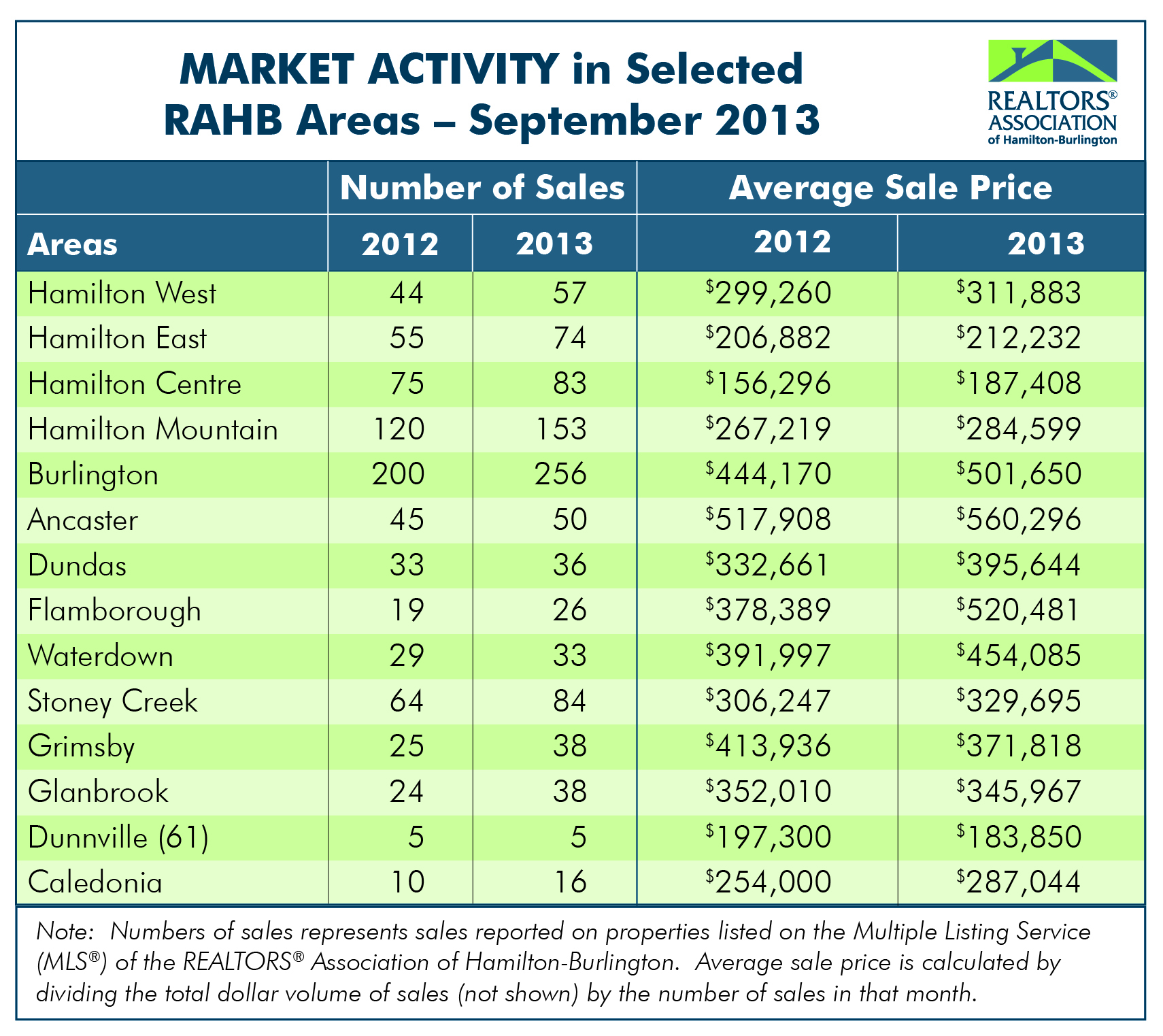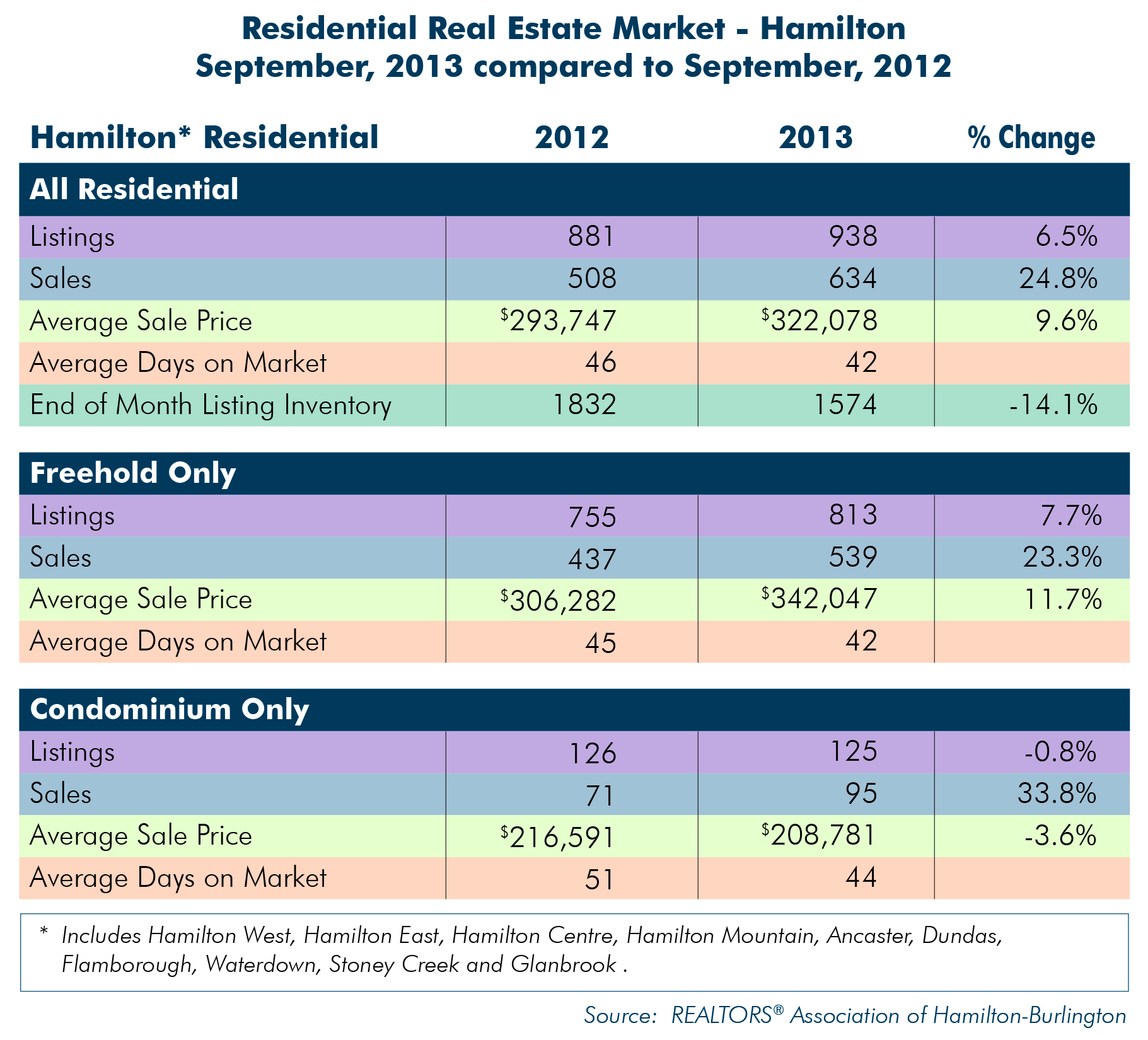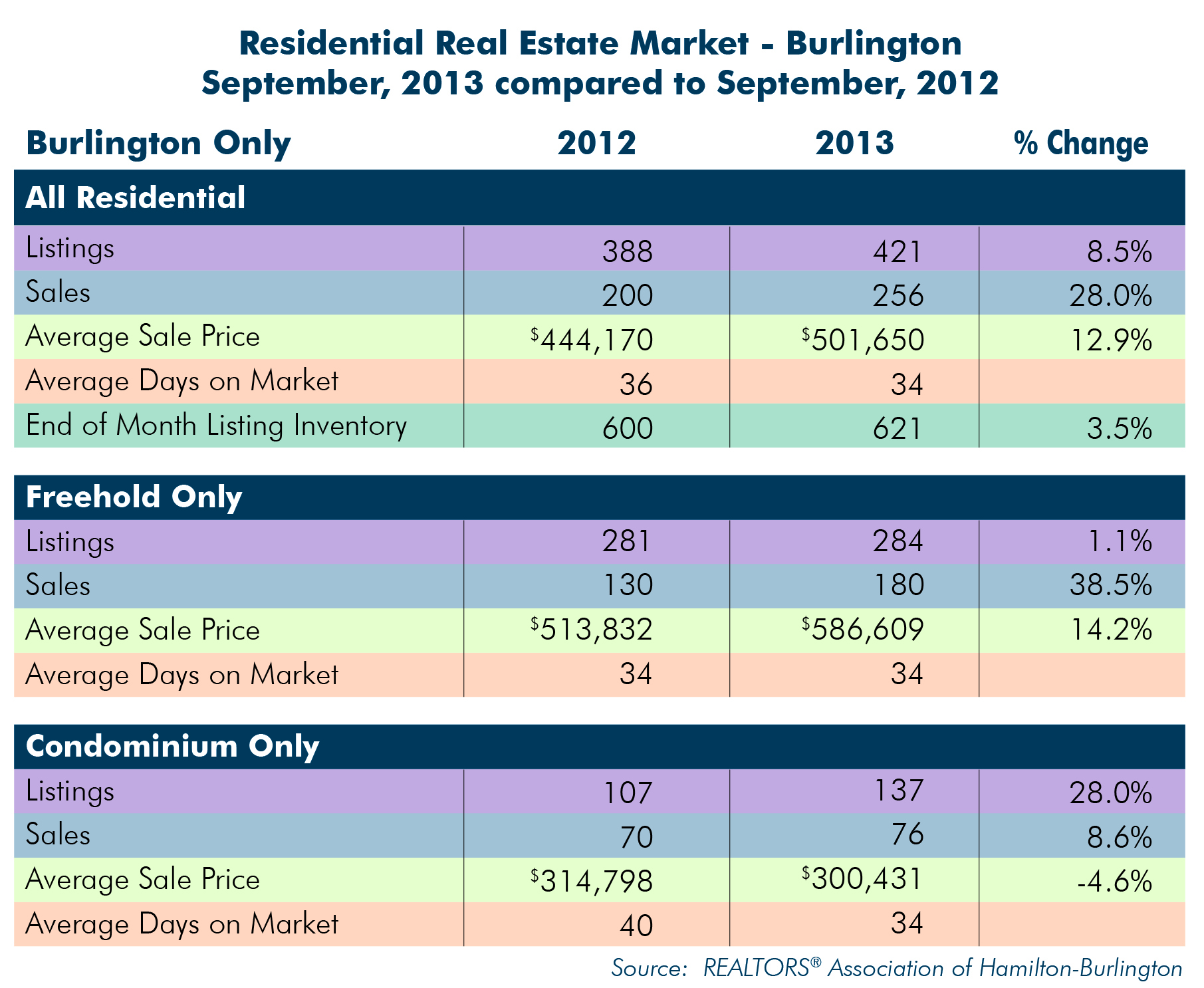The REALTORS® Association of Hamilton-Burlington (RAHB) reported 1268 property sales were processed through the RAHB Multiple Listing Service® (MLS®) system in March. This represents a nine per cent increase in sales compared to March of last year.
There were 1885 properties listed in March, a decrease of 1.3 per cent from the same month last year. End-of-month listing inventory was 12.9 per cent lower than last year at the same time.
“The low inventory of listings is still the story,” said RAHB CEO Ross Godsoe. “A one per cent decrease doesn’t sound like much, but last March’s listings were down almost 10 per cent from the year before that. Put in context, listings this March were 8.7 per cent lower than average for the last ten years. Low inventory coupled with sales that are almost at the 10-year average are driving the price increase and the seller’s market.”
Seasonally adjusted* sales of residential properties were 2.4 per cent higher than the same month last year, with the average sale price up seven per cent for the month. Seasonally adjusted numbers of new listings were 8.4 per cent lower than the same month last year.
Seasonally adjusted data for residential properties for the month of March, 2014:
Actual overall residential sales were 8.9 per cent higher than the previous year at the same time. Residential freehold sales were 6.5 per cent higher than last year while the condominium market saw an increase of 19 per cent in sales. The average price of freehold properties showed an increase of seven per cent over the same month last year; the average sale price in the condominium market increased three per cent when compared to the same period last year.
The average sale price is based on the total dollar volume of all properties sold. Average sale price information can be useful in establishing long term trends, but should not be used as an indicator that specific properties have increased or decreased in value.
The average days on market decreased from 44 to 37 days in the freehold market and from 43 to 39 days in the condominium market.
Every community in RAHB’s market area has its own localized residential market. Please refer to the accompanying chart for residential market activity in select areas in RAHB’s jurisdiction.


